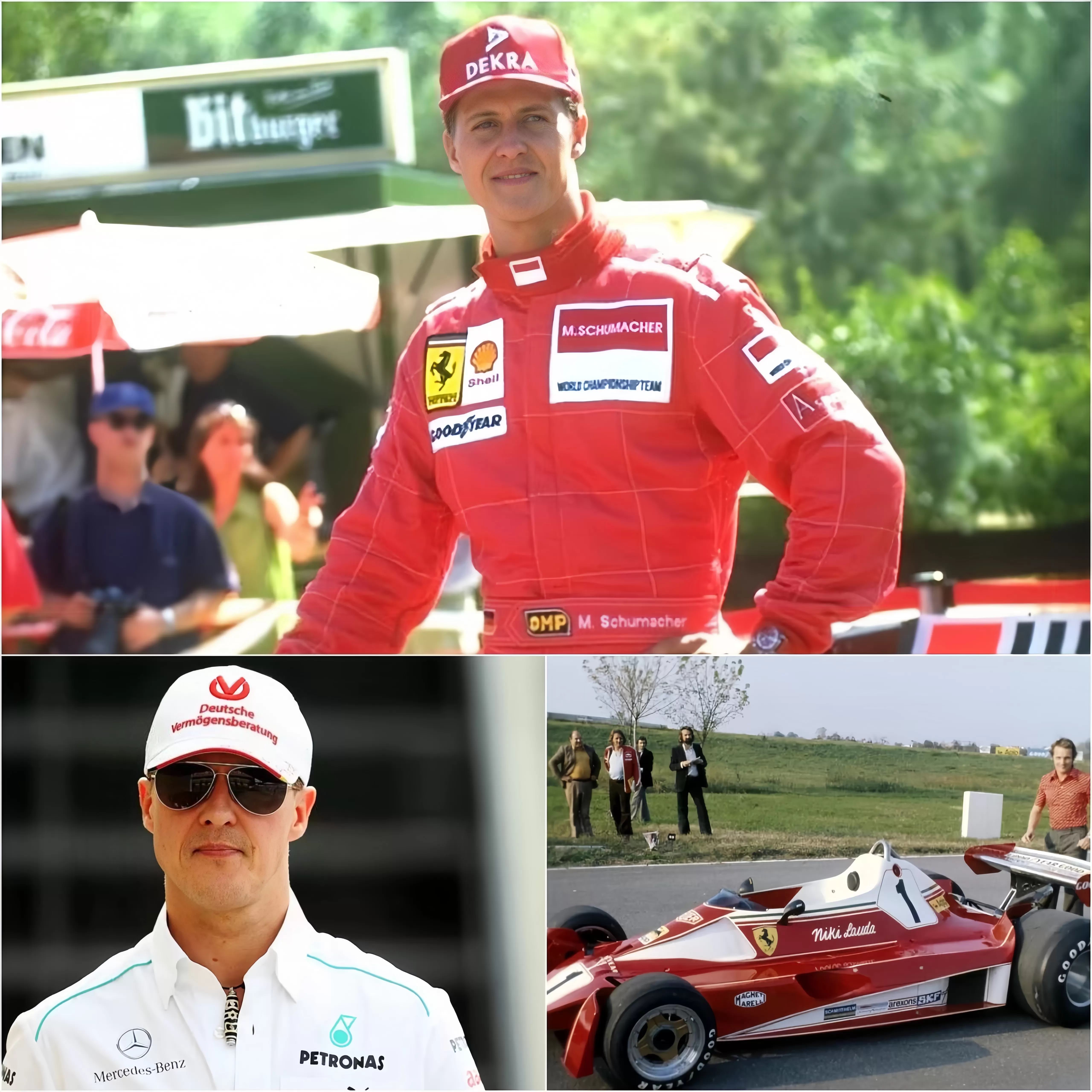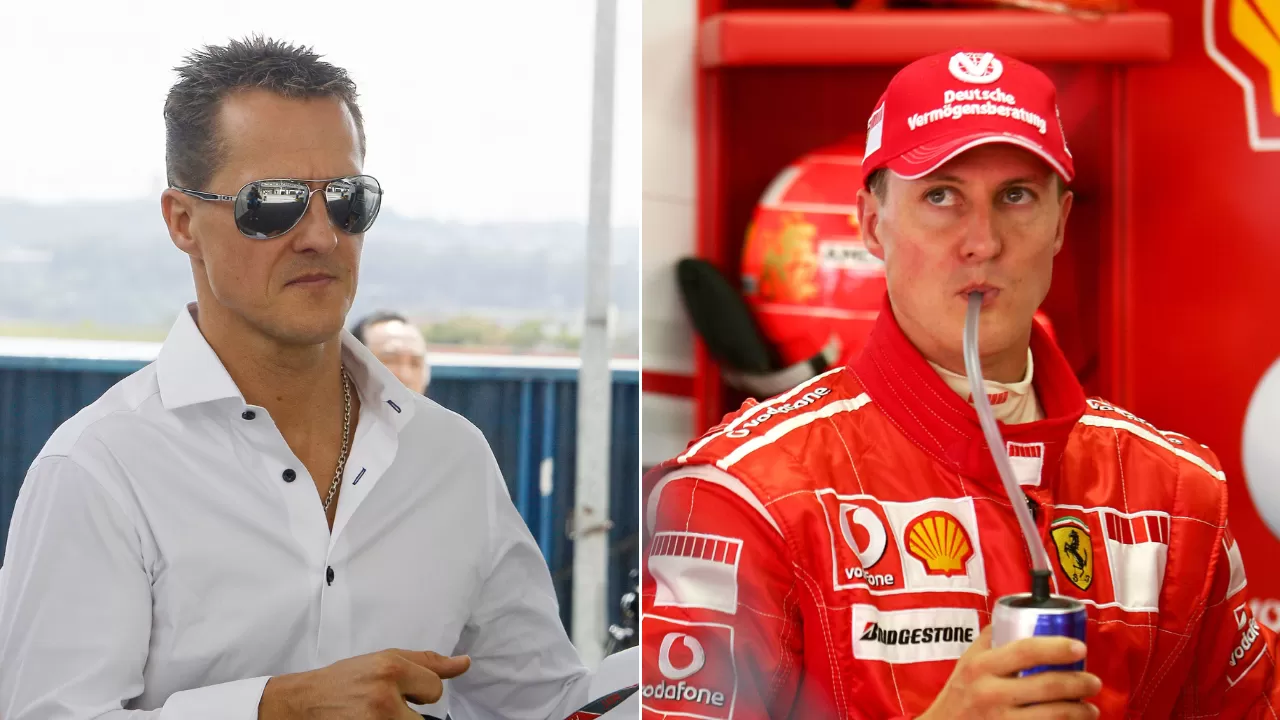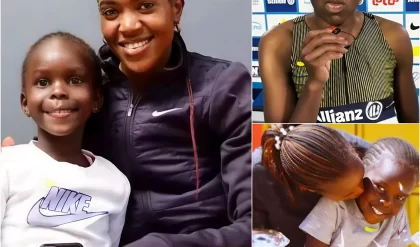An expert neurosurgeon has given his view on Michael Schumacher’s possible condition, nearly 11 years on from the F1 legend’s skiing accident.

Schumacher suffered a severe head injury after a skiing crash in the French Alps in December 2013.
The seven-time F1 world champion was airlifted to hospital, where he was placed in an induced coma.

He came out of the coma in June 2014, with his manager subsequently announcing that he would return home for a ‘long period of rehabilitation’.
No information has been released about Schumacher’s condition, and only a select few people are allowed to visit.
“His life is different now, and I have the privilege of sharing moments with him.”
Earlier this month, German outlet BILD reported that, despite no explicit confirmation, Schumacher was ‘very likely’ to have been present at his daughter’s wedding in Majorca.
It is claimed that guests were asked to hand their phones in at the entrance to the wedding venue to avoid pictures being taken of Schumacher or the property.
Now, an expert neurosurgeon has explained the recovery process that tends to occur in patients with severe brain injuries – although all cases are unique and can therefore differ.

Jussi Posti, who is the head of the neurosurgery and traumatic brain injury department at a hospital in Finland, told local outlet Iltalehti: “I doubt that anything sudden has changed at this stage.
“Typically, patients recover what they can recover for up to two years, and then the level of recovery is usually set. Essentially, these types of patients are very experimental models at best.
“There are various after-effects of brain damage. For example, the injury can make the patient unwilling to communicate with anyone other than his immediate family.
“It may also be the case that no-one other than the patient’s immediate family can stimulate him or her enough to communicate in a meaningful way.”

The brain injury charity Headway details the range of effects that a brain injury can have on a person, including behavioural, cognitive and memory effects.
There can also be various stages of rehabilitation involved, depending on the injury.




